
In summers, people don’t only sweat because of scorching heat but additionally due to rising electricity consumption caused by air conditioners. The biological process can't be placed on the reverse track, and speedy urbanization is quite a requirement than the compulsion to accommodate over six billion people. These structural changes in human habitation have additionally brought drastic changes in societies and also the lifestyle of the individuals. Now, even in rural areas of the country, several households are shifting from air coolers to air conditioners, and in cities, ACs aren't a luxury, but genuine need. Of course, some prices square measure invariably related to comfort and ACs aren't any exception. Of course, some cost are always associated with comfort and ACs are no exception.
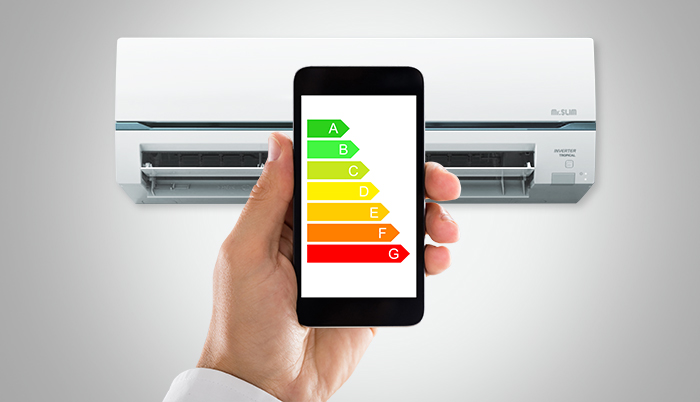
A household cannot control the energy pricing, but a household can make smart initiatives to control the monthly electricity bill, especially in the summer season. The power consumption of today’s air conditioners is around 30-40% of total consumption of electricity. Besides, any reduction in the amount of energy consumed in smaller units can eventually add up and produce visible changes in the environment. Using air conditioner that consume less electricity are one such step towards a greener future. For example, Mitsubishi Electric offers advanced technologies for air conditioners such as inverter power module, high-efficiency compressor and Dual Barrier Coating which are quite effective in reducing the electricity bill burden for consumers.
Today’s ACs are friendly to the environment as well as people’s pockets and the right decision in choosing the right AC can keep the customer happy years after years. Below are the few easy tips that will help you stay cool and calm throughout the summer.
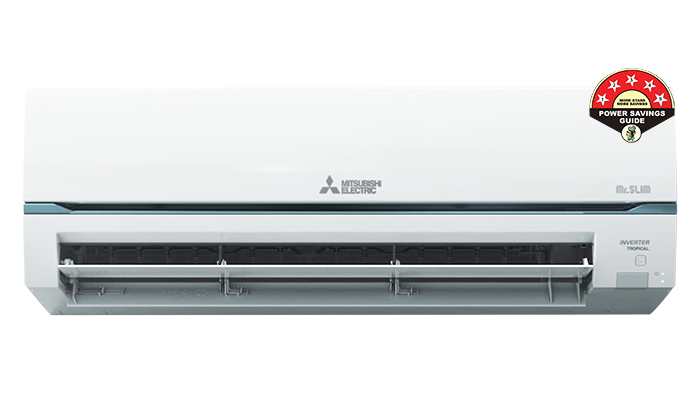
First of all, the selection of the AC should be based on room capacity. One-ton AC is sufficient for 100 square feet, and 1.5 ton for 150 sq ft area (under test conditions) Hence, the tonnage should be in accordance with the capacity of a room. Mitsubishi Electric room air conditioners products have good capacity range from 0.8 ton to 2.2 ton for providing best suitable capacity to different room size. The next important thing to consider is the rating of an AC. These days, our markets have seen a surge in products that are labelled with “Energy Star” rating systems. The better the rating, the more energy efficient will be the AC. Buying AC and other home appliances with the highest star rating is in the best interest of the consumer and the environment. Not only they consume less electricity, but higher energy efficiency means – a step towards a greener tomorrow. So, instead of using a 3-star labelled AC, go for the 5 stars -rated machine and curtail your monthly electricity bill. To provide best air conditioning solutions to end user, Mitsubishi Electric India is operating with more than 700 sales and service dealer network and having more than 150 exclusive brand stores.
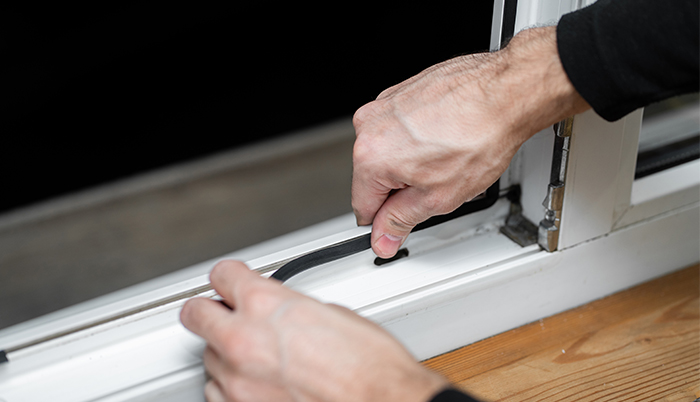
Apart from room capacity, ambient temperature and length of the pipe installed are also the detrimental factors in the consumption of energy. Both ambient temperature and piping length are inversely proportional to power consumption. That’s why the insulation of the building is the best remedy to deal with high ambient temperature. Not only is a well-insulated building more comfortable and cost-efficient to maintain, but it is much quieter too. Common beliefs about insulations say that they make your house comfortable in all seasons and reduce your energy bills. While all this is true, but the aspect where insulation control outside noise and help you in creating a peaceful environment is often overlooked. So, insulation is beneficial in multiple ways. You must ensure that all your doors and windows have special attachments that prevent any air leakages. As a lot of energy losses around ducts, so be quick to have them fitted well.
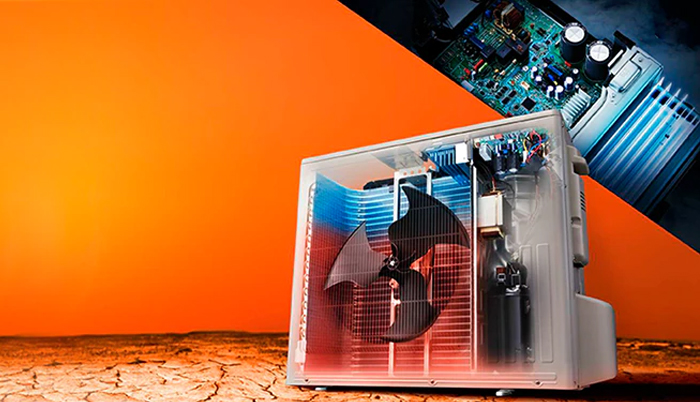
As there is not any gross price difference between non-inverter ACs and inverter ACs the shift in consumer preference is quite obvious. Apart from power saving, the other distinguishing feature of inverter ACs is their better performance for comfort cooling, hence, they perform more efficiently in the Indian subcontinent. Inverter air conditioners have variable-speed drive fans that synchronize perfectly with compressor’s speed. So, after reaching set temperature they slow down automatically with maintaining set temperature and help to save the electricity bill.
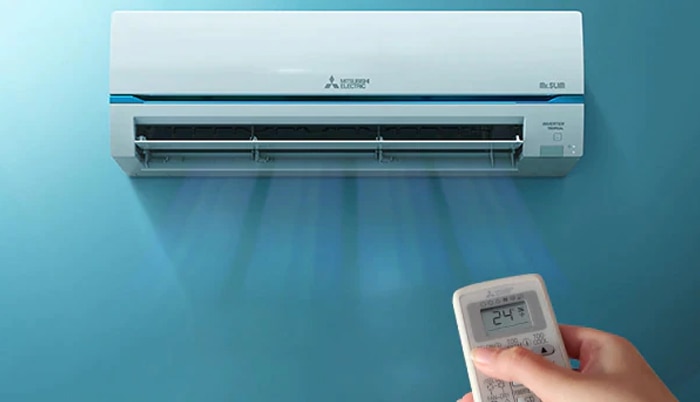
Setting the AC temperature at 24-25-degree Celsius as against the conventional 20-21 Degree results in around 25 percent of average energy saving. In guidelines, issued by Bureau of Energy Efficiency (BEE), Ministry of Power, Government of India, the bureau advises commercial and public buildings to optimize temperature setting at (24 – 25) degree Celsius. As per BEE estimate, India can save about 23 billion units of electricity only by simple measure of temperature setting to 24 degree Celsius. In contrast, if the temperature is set to a lower level, the workload for the compressor will increase, and it will have to run for a longer duration. Basically, more electricity will be required to maintain the desired temperature.
Basically, there are four major factors -- room temperature, outdoor temperature, desired temperature from the AC, and thermal insulation of the particular room -- that determine the electricity load in ACs. Hence, if there is a big difference between the desired temperature and the outdoor temperature, then the compressor will work for a longer duration, i.e., electricity consumption will also be more.

Last, but not the least, preventive maintenance is a trustworthy remedy to ensure smooth functioning of the machine. For the existing installed equipment, timely preventive maintenance by an experienced professional is a highly recommended exercise that a household should follow at least twice a year. Besides, cleaning of the filter, which doesn’t require the need of an engineer should be done regularly at an interval of 7 to 15 days. Without doing preventive maintenance for more than six months leads to an increase in the electricity bill by 25 per cent.